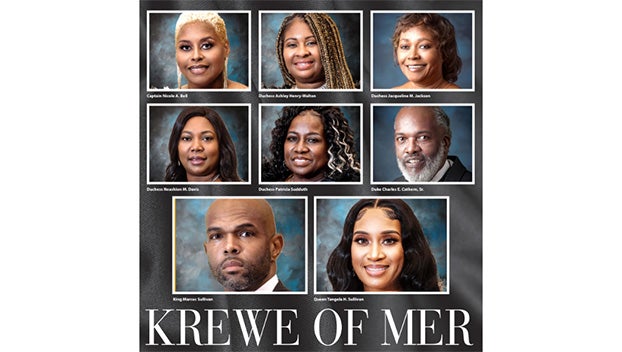Check trees in storm season
Published 12:09 am Sunday, June 12, 2011
Violent thunderstorms can occur around the state during the summer, and in south Louisiana high winds from hurricanes are a real concern. That means it’s an excellent time to take a look at trees in your landscape. Although they add immeasurably to our home grounds, trees with problems can be a liability during storms.
First, check for trees that have large, dead branches or are totally dead. These should be dealt with as soon as possible. Have dead branches pruned off and remove dead trees entirely.
Look at the overall condition of your trees. A tree that is sickly and low in vigor and shows significant signs of rotten or decayed areas in the trunk may need to be removed if it poses a threat to buildings. Trees whose trunks have large cavities with extensive decay should be considered for removal because rot weakens the trunk and reduces a tree’s ability to withstand strong winds.
After the extreme rain associated with hurricanes or storms that drop huge amounts of rain, the soil may be so soft that trees topple over if the weight is not properly proportioned. So trees that are very one-sided or leaning significantly may also need attention.
Selective pruning can relieve the weight on the heavier side and balance out the weight distribution of the canopy.
Also, look for branches that hang over the house near the roof. Although the branches may not be touching the roof under normal conditions, the high winds of violent storms or hurricanes can cause trees to bend and branches to flail around considerably. These branches can cause extensive damage to the roof and should generally be removed.
Normally, it is best to have this kind of work done by a professional, licensed arborist. Trained arborists make a career of caring for the urban forest. Some are self-employed, while others work for tree-care companies, municipalities or public parks.
The areas in which arborists can help you include planting, transplanting, pruning, fertilizing, pest management (such as spraying for caterpillars or treating for termites), tree removal, value appraisals and protecting trees during construction. Selecting the right arborist to do the work is an important decision.
To make sure the work is performed to the standards you expect, get a written contract. It should include the dates when the work will start and finish, exactly what work will be done, what and when cleanup work will be done and the total dollar amount you will be charged.
If a tree is to be removed and the stump ground down, make sure the company agrees to remove all of the wood chips.
I strongly recommend that you be present while the work is being done, even if you have to take off from work. It’s the best way to avoid surprises after the work is finished.
And don’t be shy about asking questions. You need to fully understand what the arborist proposes to do and why.
Dan Gill is a LSU AgCenter horticulturist.




